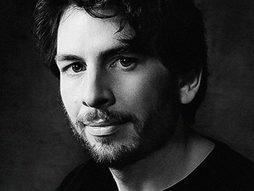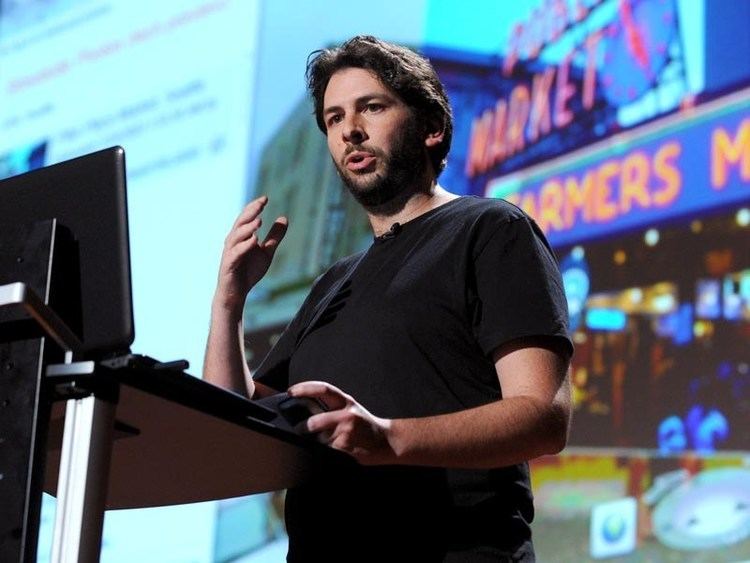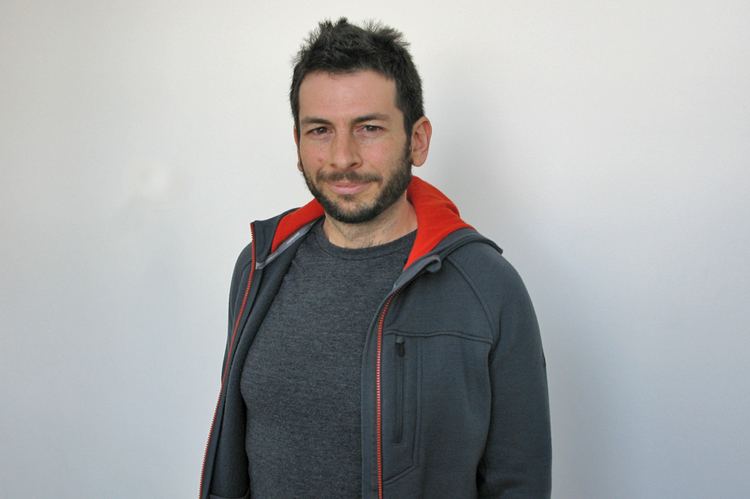Name Blaise y | ||
 | ||
Occupation software architect, designer | ||
How computers are learning to be creative blaise ag era y arcas
Blaise Agüera y Arcas (born 1975) is a software engineer, software architect, and designer. He is an authority in computer vision, machine intelligence, and computational photography and presents regularly at conferences. He appears regularly at TED and his presentations have been rated some of TED's "most jaw-dropping."
Contents
- How computers are learning to be creative blaise ag era y arcas
- Uist 2015 capstone keynote blaise ag era y arcas machine intelligence and human intelligence
- Education and Early Career
- Seadragon Sale to Microsoft and Career at Microsoft
- Press and Other Honors
- References
At Google, he leads teams that build products and technologies that leverage machine intelligence, computer vision, and computational photography. He also founded the Artists and Machine Intelligence program at Google, which creates art by pairing machine intelligence engineers with artists.

Prior to Google, he was a Distinguished Engineer at Microsoft and was the architect of Bing Maps and Bing Mobile.

Uist 2015 capstone keynote blaise ag era y arcas machine intelligence and human intelligence
Education and Early Career

As a teenager, Agüera y Arcas interned with the U.S. Navy research center in Bethesda, Md., where he reprogrammed the guidance software for aircraft carriers to improve their stability at sea, which helped to reduce seasickness among sailors.
Agüera y Arcas is a 1998 graduate of Princeton University where he received a B.A. in physics.

In 2001, he and Paul Needham published their findings that the metal mold method of printing attributed to Gutenberg was likely invented by someone else, likely two decades after Gutenberg printed his Bible.

In 2004 for the Library of Congress he devised a numerical method to create color composite images of almost two thousand negatives by Sergey Prokudin-Gorsky.
Seadragon, Sale to Microsoft, and Career at Microsoft
Agüera y Arcas founded Seadragon Software in 2003. Seadragon created web optimized visualization technology that allows graphics and photos to be smoothly browsed, regardless of their size.
Seadragon was acquired by Microsoft Live Labs in 2006. The technology was used to develop Silverlight, Pivot, Photosynth and the standalone cross-platform Seadragon application for iPhone and iPad. Slate called Photosynth "the best thing to happen to digital photography since the digital camera".
He was the architect leading Bing Maps and Bing Mobile and was named a Distinguished Engineer in 2011. He collaborated with Ricoh to make the Theta, a 360º camera whose captured content displayed in Photosynth.
While at Microsoft, Agüera y Arcas also suggested that technology should be designed for women. He cited a gap between the extent to which technology is designed for women and the market opportunity women represent, given trends in graduation rates and earnings.
In 2013, Agüera y Arcas left Microsoft to become a leader of Google's machine intelligence efforts, along with programs in computer vision and computational photography. His departure from Microsoft for Google generated a press cycle, with articles appearing in publications that included the New York Times, Fast Company, International Business Times, and ValueWalk.
Although his work is confidential, he is said to be working on projects that add deep learning to hardware devices, most likely smartphones.
He also founded the Artists and Machine Intelligence program, which fuses machine intelligence and art. The program's first public exhibit was on February 26, 2016 at the Gray Area, where Agüera y Arcas was the keynote speaker. On June 1, 2016, the program held the MAMI (Music, Art, and Machine Intelligence) show.
Press and Other Honors
In 2008, he was named to the MIT Technology Review TR35 as one of the top 35 innovators in the world under the age of 35.
Fast Company has twice named Blaise one of the "Most Creative People in Business" (2009, 2015), where he was called "something of a celebrity in the tech world".
Agüera y Arcas is the inspiration for the character Elgin in the 2012 best-selling novel Where'd You Go, Bernadette?
He spoke on KUOW about the future of machine intelligence in society.
